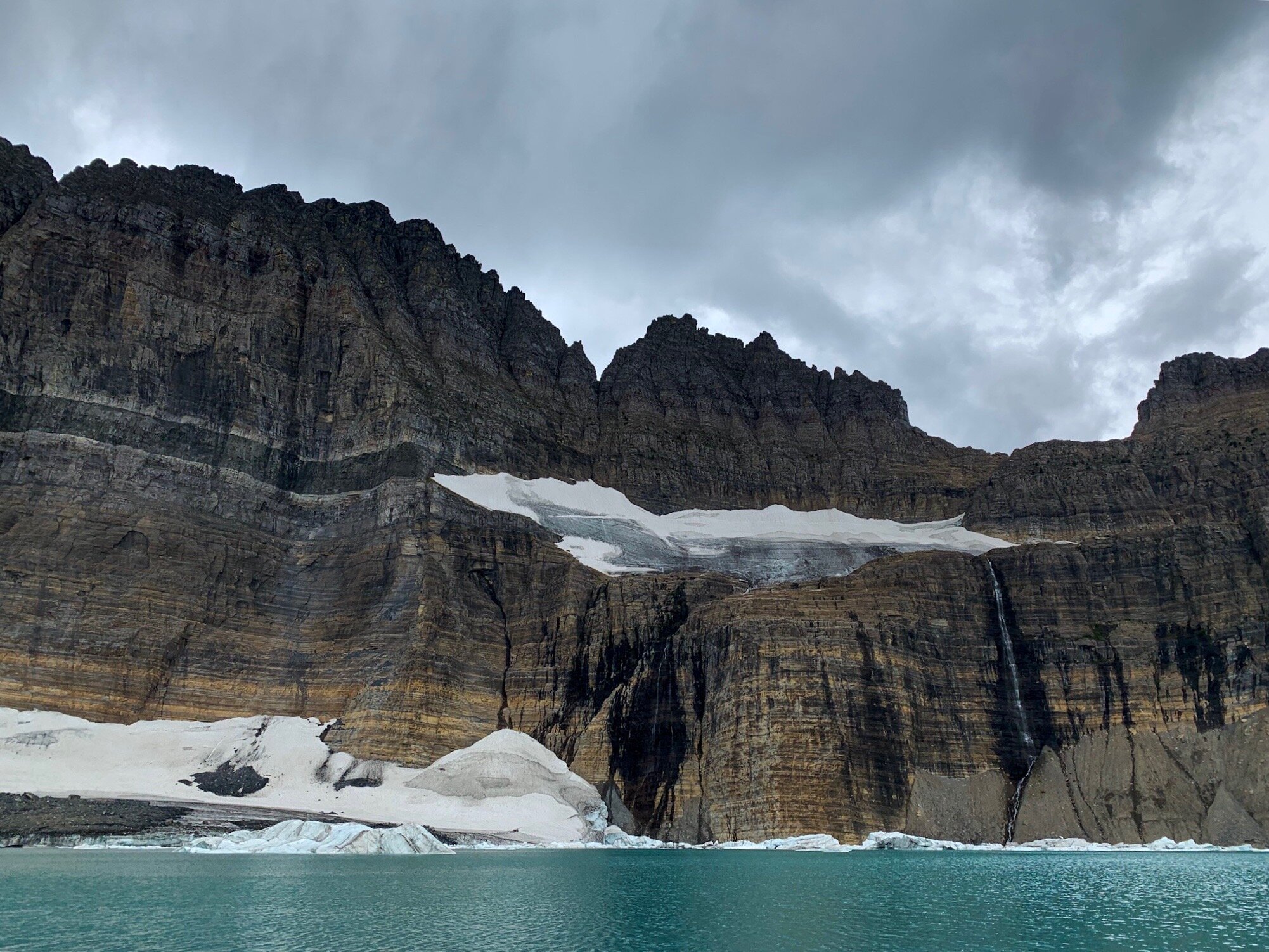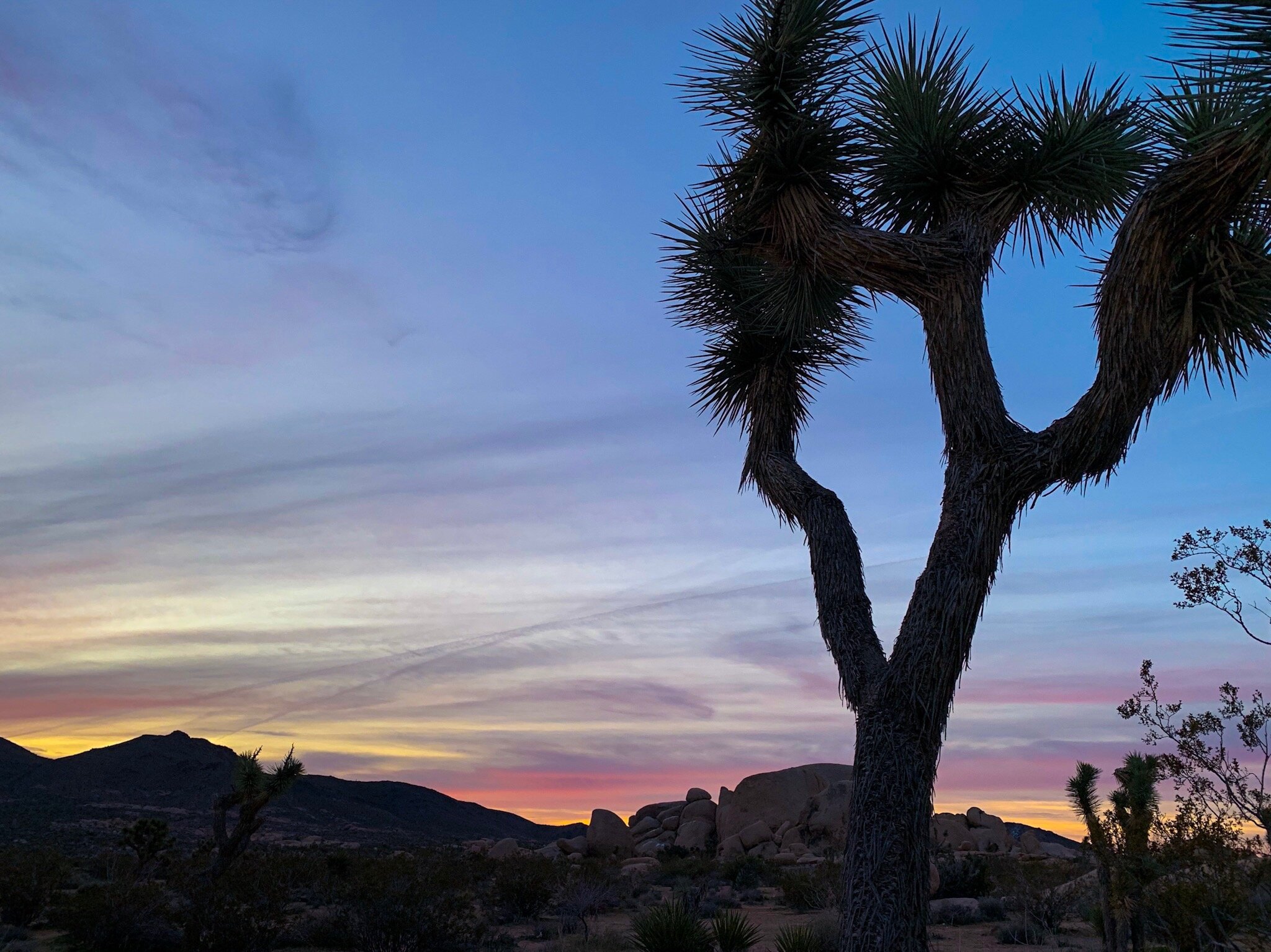(Note: this post is in partnership with TLC Book Tours)
When I first completed my road trip around the lower 48, I had tons of people messaging me for my route. It wasn’t until then that I realized how hard it is to truly plan a road trip if that travel bug isn’t constantly sitting on your shoulder. When TLC Book Tours reached out to me about this book, I automatically thought that it might help some of my new roadtrippers to plan their first journey around North America so I decided to give it a read, and it turns out, I was right!
100 Drives, 5000 Ideas covers 100 different driving routes you can take around the United States and Canada. These drives feature everything from National Parks to historic sites to great Americana (think Route 66). From classic road trips to unique drives even I’d never heard of before, every type of traveler will find something that interests them in this book.
Devils Tower National Monument, WY, one of the places you’ll visit on the Northern Plains Heritage Route
The book is divided by region, so you’ll be able to find a drive that works for your home state, or for a state you’re trying to visit soon (the section that included Alaska was my personal favorite!). And with plenty of suggestions for places to stay during your trip, things to see nearby your route, and even pieces of pop culture that feature the places you’ll see on your trip, this is the perfect book for the person who’s brand new to road trips. Take the Trail of the Ancients and see the entire Southwest, from Colorado to New Mexico, visiting places like Four Corners Monument, Monument Valley, and Mesa Verde National Park. Or, travel to Hawaii on island time and drive the Big Island’s Belt Road, which will take you to spots like Keauhou Bay and the Mauna Loa Lookout. Or, if mountains are more your thing, take the Rocky Mountain Highway through two of my personal favorite states: Montana and Wyoming and explore places like Glacier National Park and Yellowstone.
Glacier National Park, MT, part of the Rocky Mountain Highway route
Personally, I loved looking at the different destinations listed in the book—a lot of them were places I’d been already, and those that weren’t quickly made it onto the list. It was super exciting to see spots like Devils Tower, Pinnacles National Park, and Olympic National Park pop up in a piece of writing like this. These are places that are near and dear to my heart, and simplifying a visit for people through a step by step road trip itinerary might get more people out there to appreciate their beauty.
Yellowstone National Park, WY
With beautiful pictures, clear outlines for road trip planning, and convincing details about each stop on the trip, you truly can’t go wrong with this book as an outline for your upcoming travels (although I do wish they included more maps!). And as for my vanlifers, this might just be a good addition to that van bookshelf, for next time you’re looking for your next destination and just can’t make up your mind. 100 Drives, 5000 Ideas is a fantastic guide book for the new roadtripper, or for the veteran who’s looking for some new ideas, so get ready to add some new spots to your bucket list, after of course, you put this book on your reading list!



























































